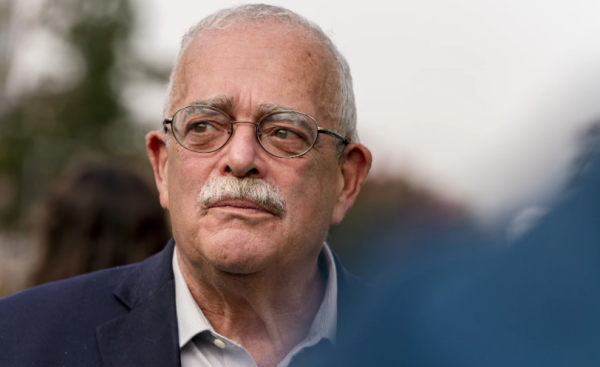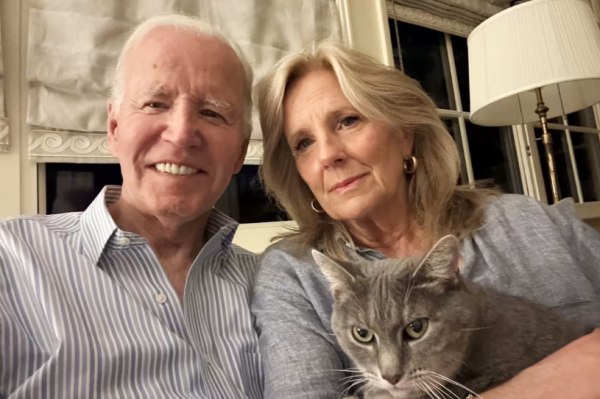Teaching goes viral via Google Docs
Teachers have increased their use of digital resources in the form of online lectures, videos, and Google documents, among others this year.
Many attribute these changes to increased Internet access in the 21st century. One such technique is going paperless via Google Drive and Blackboard.
“Instead of sitting behind a copier, I can share [material] electronically,” biology teacher Amol Patel said. “[Students] get assignments electronically, they complete them electronically, and I assess them electronically.”
Going paperless provides opportunities for convenience not possible before the internet. Some, like physics teacher Clyde Humphrey, only issue homework online.
“These days, most people have a computer with Internet access,” Humphrey said. “You can’t argue that you lost your homework, or you didn’t know what your homework was.”
Several administrators are also utilizing the new technology.
Business internship coordinator Mindy Koeninger trusts it to be productive.
“When my students go to work in the business internship program, they use Google Docs to update their wage calendar,” Koeninger said.
Patel asserted that knowledge of these electronic skills were needed in the modern world and formats his online material accordingly.
“Our kids are seeing more and more technology in college,” Patel said. “They need to know how to use it appropriately.”
Social studies teacher Lauren Villa is one who is attempting to utilize the new ‘flip teaching’ style in her classroom this year.
Flip teaching consists of lessons and lectures that are posted online for students to listen to as homework, and class time is then used to conduct application and analysis on what they learned.
One such example is Khan Academy, an online website devoted to flip teaching with hundreds of hours of video footage. Started in 2006, Khan Academy has since gained popularity among students and teachers alike, even receiving recommendation as a resource from South Lakes.
“The research shows that when you flip your classroom, you actually increase student engagement and achievement,” Villa said. “That way, when there are questions [in class], I’m right there to use as a resource.”
Students currently have mixed feelings about new employment of flip teaching. Though Senior Javier Aparicio believes it is useful in helping students who are absent. He dislikes the idea and believes it is not effective.
“After school, you don’t really feel like going on Blackboard,” Aparicio said. “They [teachers] should do it in person.”
Freshman Joseph Letteri saw pros and cons in flip teaching, stating it was useful in increasing understanding but did not provide enough opportunity for student teacher interaction.
“If you need them to repeat something, you don’t have to ask them to repeat it,” Letteri said. “You can repeat the video, or repeat the lecture, or return to a certain spot. [But] if the students have a specific question, you can’t do that with online.”
Freshmen Connor Wirth suggested online lectures in tandem with teaching as another resource.
“I think it’s nice, but it should not necessarily be mandated,” Wirth said. “It [the lecture] could be what you do in class and then you could access it at home.”
Most students, however, generally favored the emphasis on Google Docs, believing it to help the environment and be time efficient.
“You’re saving the environment, and it’s easier for students and teachers as well,” Lettiri said. “It’s a lot more efficient.”












